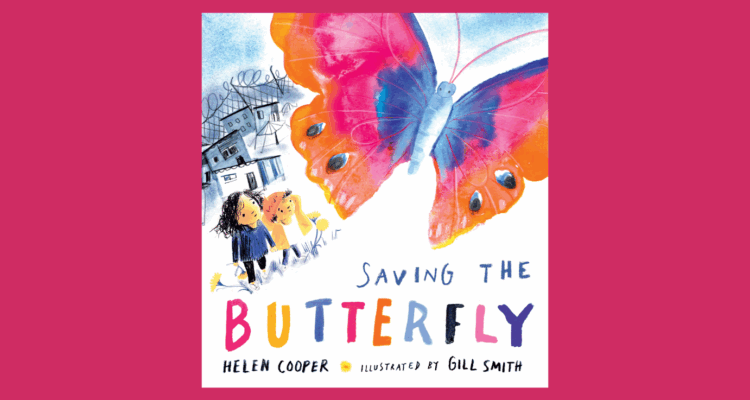Literature and food – the perfect combination?
Published on behalf of Lizzie Cain, currently in the middle of two week's work experience with The Reader Organisation
Having experienced my first ever Friday Lunch at the Reader one week ago today, featuring a veritable cornucopia of edible delights (especially in the muffin department), I must have had food on the brain, as reports of a cake-based tribute to Agatha Christie jumped out at me.
To celebrate the author’s 120th birthday, Jane Asher has used a passage in Christie’s A Murder is Announced to create her own version of the Delicious Death cake described. An incredible, indeed deadly, concoction of “chocolate and much butter, and sugar and raisins”, its fictional cook declares that “these English people with their cakes that tastes of sand, never, never will they have tasted such a cake”. Brave readers can judge this for themselves by attempting the recipe: https://www.agathachristie.com/agatha-christie-120-years/delicious-death/

Food plays a big role in literature, with evocative descriptions making a particular impression on childhood minds. Enid Blyton’s picnics of ginger beer, potted meats and milk drunk straight from the cow always sounded slightly strange to my thoroughly modern sensibilities, but, much like the characters themselves, undeniably wholesome and just plain ‘good’. Roald Dahl also provides numerous unforgettable food-related incidents, such as Bruce Bogtrotter’s cake victory over Miss Trunchbull, or the disgusting eating habits of the Twits. Need I even mention Willy Wonka’s factory?
The uses and abuses of food by characters convey much deeper moral messages; the hero Charlie Bucket’s grandparents have to scrimp and save to buy him a single chocolate bar, which he reverently savours. This is in comparison to the other four ticket winners who gorge themselves and come to the inevitable sticky end.
It is no different in adult literature; the confectionery choices made by the customers of Vianne Rocher’s chocolaterie in Joanne Harris’ Chocolat reveal far more about the state of their private lives and true feelings than their words ever do. Similarly, Hilary Mantel’s deployment of culinary detail in Wolf Hall is crucial to her utterly believable recreation of the sixteenth century world. The characters use food as a tool to be manipulated in the cut-throat environment of courtly politics, as well as a source of pleasure and comfort, while the author uses it to aid the setting and atmosphere.
What are your most memorable food moments in literature? Have you ever attempted to recreate a favourite meal? We’d love to hear from you – maybe your suggestions will inspire a future Friday Lunch here at the Reader!
Share
Related Articles

Storybarn Book of the Month: Saving the Butterfly
This month, as part of Refugee Week (16-22 June), we've been taking a look back at one of our favourites…

June’s Stories and Poems
This month we are celebrating the natural world, and especially the many wonderful creatures that live within it, with June’s…

April’s Monthly Stories and Poems
Our year of Wonder with The Reader Bookshelf 2024-25 is coming to a close – though we won’t be putting…


